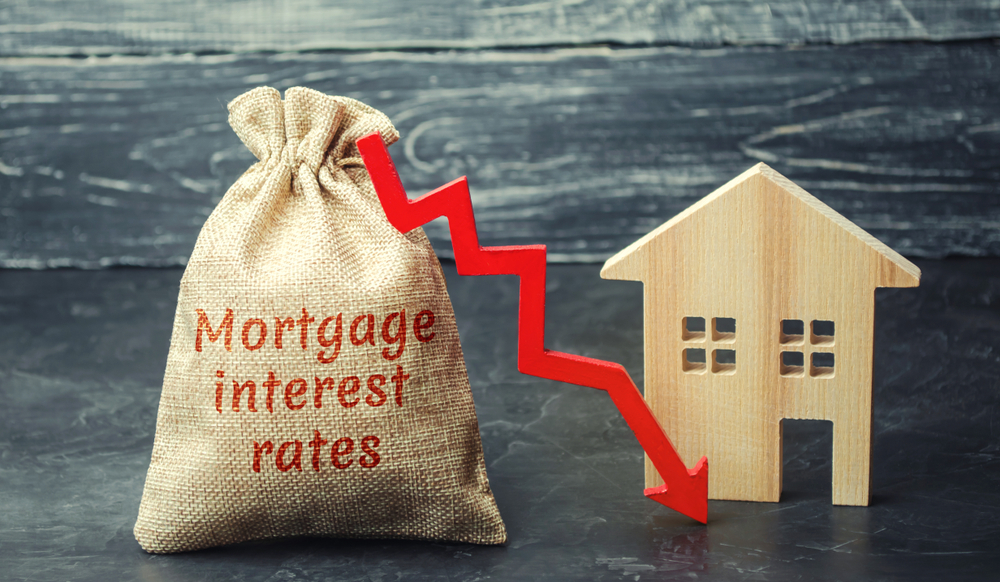
Sponsored Content
James Ginley, Technical Surveying Director, e.surv
With demand for rental properties still very strong, declaring the buy-to-let patient to be in a critical condition would be premature to say the least. However, the market is not as viable for many as it once was and managing a rental property has become an increasingly time-consuming business.
Nevertheless, it is still a business to take very seriously. Our latest research across our own base of nearly 600 surveyors revealed that rental prices are still performing well with 54% of responders across the UK reporting that prices were still rising while 46% reported prices remain static. Overall, less than 1 per cent reported rental prices were falling when we conducted the research in Q1 of this year.
But rental prices do not tell the full story. An increasing number of landlords are choosing to exit the sector, while those who remain are mulling what is the best way to adapt to the increasing cost of finance and burgeoning regulation.
While rental growth still looks strong in many areas of the country, Hamptons recently reported that across the UK landlords sold 35,000 more properties than they bought across 2022 as the jump in mortgage costs and tax changes make buy to let an increasingly unappealing proposition. Savills analysis of HMRC capital gains tax (CGT) receipt data estimates that a record 47,000 investment properties and second homes were sold in the three months to November 2022 – a 21 per cent year-on-year increase.
It’s easy to see why. We are now over eight years post the changes to the tax treatment of Buy-to-Let that was introduced by George Osborne, who removed some of the tax advantages enjoyed by Buy-to-Let investors.
The regulatory environment for Buy-to-Let is toughening too. Investors are under fire it would appear from all sides. The Renters’ Reform Bill includes many features to protect tenants such as a ban on ‘no-fault’ evictions. And in terms of the properties themselves there is the imminent requirement that all rental properties will require an Energy Performance Certificate (EPC) rating of C or above by 2025.
And then there are the cost-of-living pressures that are impacting sectors such as private HMO landlords, who typically will have included energy prices in rents (as it is too complicated to apportion usage among a tenant base that is often very mobile) and are now seeing their investments cost them significant amounts.
Buy-to-Let is an investment model that is undergoing some significant change but what our data and experience is telling us is that, like many businesses, it is not that there is no room for it in the market (it is still a key tenure in a functioning property market), but more that it needs scale and thought to make to work. There is no such thing as easy money in investing. The old maxim that if something is too good to be true, it is holds true. The Buy-to-Let market is still a good place for those investors who do not require liquidity and understand that any economy built on a shortage of an asset (like houses) will appreciate in the longer-term and that demand will remain resilient. Talk of its demise is premature.
James Ginley,
Technical Surveying Director,
e.surv



